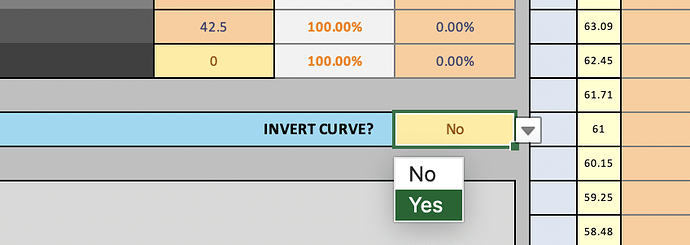Is there a starter curve for the 9900 pro inkset for Gravure?
Only for in-person workshop attendees sorry.
-Walker
So you give workshops for copperplate photogravure using pictorico? I have seen you give it out for other printers like the Epson 1430 Epson 1430 Postivies for copperplate photogravure
That was for someone who insisted they do copperplate and I obliged a bit because it was just a re-do of a POS HPR curve and not what we do here at CEP . . . you and I know there are better options in direct to plate world . . . but we do only teach/give our exact DTP workflow to in-person workshop attendees. We’ve been bitten by giving out too much to too many people (without vetting them) too soon in the past and that has hurt our ability at Cone Editions Press to earn a living as printmakers, relegating our lives to inventory management and boring stuff. We like printing for artist and inventing things . . .
-Walker
Right and that is what I am doing copper plate, not dtp anymore. If I understand correctly, because it is a different material it’s not like I could use a copper plate profile for DTP on green mountain plates. If you tell me there is a positive curve from paper that will work, let me know. I will use that. This would probably be closer to a carbon print curve right? I am not asking for the curve for Green mountain DTP.
As for better options, I don’t want to get into a debate about which is better, they are different. Comparing DTP to Copperplate is like comparing platinum printing to Vandyke. It’s different and each has its own unique look. I have several prints from Lothar Ostenburg and Jon Goodman and even between them it is very different. I just want to have control over my medium.
I bought thousands of dollars of plates from a company and they were all bad. A defect in the plate and I even proved that the problem was with their plates. They told me to get lost since I am not using it for what it was intended for. Therefore I am not longer going to subject my self to the whims of another company or a disappearing market. I am not rich and can’t afford those kinds of issues.
I buy inks from you and am asking for general support that you would give a platinum printer, which you also give workshops for yet still include the curve for it int he program. If you don’t want to share it on a forum, you know my email.
Sorry for the long rant, but I wanted to let you know the reasoning as to why I need the curve.
Greg
We do not have a positive curve for copper as we do not do that process here any longer. In the very very beginning of digital we actually did do this but it was an entirely different process in the 80s. But there is no reason that you can’t adapt any of the positive K7 curves we publish for ink on paper or any of the PiezoDN neg curves (PPEv2 allow you to invert this curve into a positive curve) to work as a positive continuous tone image for printing onto film exposed over copper.
And even if you are not dusting, I believe a DTP curve onto film would work . . . . I think it requires experimentation but because we are not a copper studio I can’t offer a curve. I can only offer help remotely as per the thread you linked to.
Related to copper-vs-dtp they are certainly different beasts . . . and our DTP plates are expensive compared to other DTP plates out there but on-par per sq inch to bare copper . . . and with proper DTP curve and ink setup I think we are getting equiv or better print quality than the best coppers out there.
-Walker
How do you invert the curve?
Easy enough. So if I use say the master platinum curve, I need to block the UV light the same way a platinum or carbon print would, I could use that?
It is going to require major manual curve adjustments to limit the over-all density to your desired range enough for linearization/calibration, but yes, any Piezography curve can be manipulated to get to the correct density ranges. Those ranges are entirely different for different materials/media. In general the densities required for gravure have been significantly less than platinum but you will need to experiment and zone into the correct range.
-Walker
Ok thanks. I know the overall density range and I have a transmission densitometer so I should be able to figure it out.
You can put measured density ranges in the measurement sheet A column and target density ranges in the measurement target sheet A column and it will calibrate the new curve to those densities as long as the TOP densities are = and the densities go from high number to low number. It works with any number from high number to low number ![]()
Best
-Walker
You should watch this, it will save you a lot of
Time
